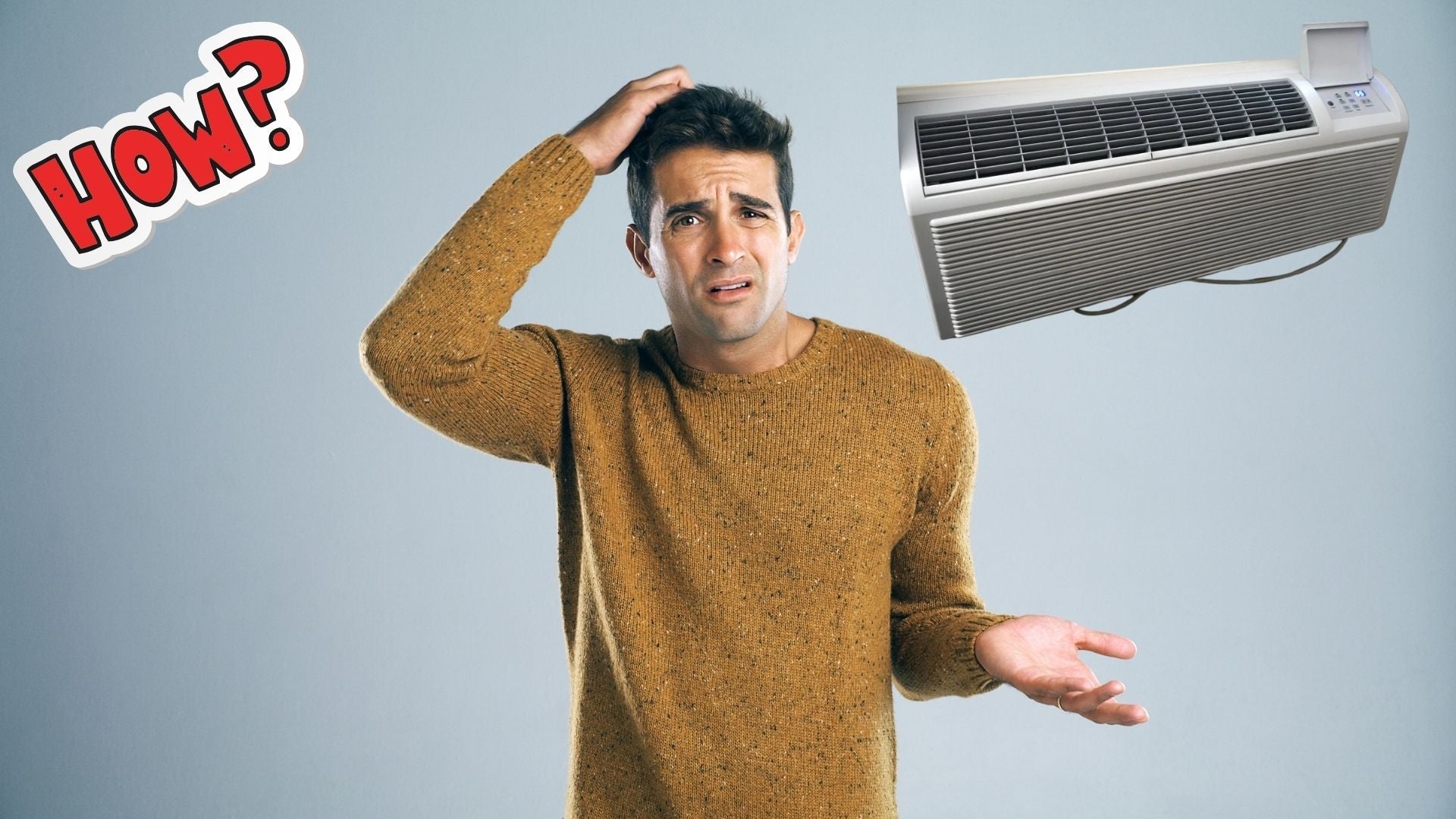How to Choose the Right Through-the-Wall Air Conditioner for Your Space
Selecting the right through-the-wall air conditioner isn’t just about picking the most powerful or most expensive unit—it’s about finding the right balance of cooling capacity, energy efficiency, and features that meet your space’s unique demands. To get the best performance and value, you’ll need to understand three crucial components: BTU rating, SEER/EER ratings, and modern energy-saving features like smart thermostats and R-32 refrigerant.
Understanding BTU: Matching Cooling Power to Room Size
BTU, or British Thermal Unit, measures the amount of heat an air conditioner can remove from a room in one hour. Choosing the correct BTU rating is critical: a unit that’s too small will struggle to cool the room efficiently, while one that’s too powerful will cycle on and off too frequently, wasting energy and failing to remove humidity properly.
Here’s a rough guideline based on square footage:
| Room Size (sq. ft.) | Recommended BTUs |
|---|---|
| 100–300 sq. ft. | 6,000–8,000 BTU |
| 300–500 sq. ft. | 8,000–10,000 BTU |
| 500–700 sq. ft. | 10,000–14,000 BTU |
Other factors that affect BTU selection:
-
Ceiling height (higher ceilings require more cooling power)
-
Sun exposure (sunny rooms may need an extra 10% BTU boost)
-
Appliances/occupants (kitchens or crowded spaces may require more capacity)
If you’re cooling a kitchen or high-traffic space, always size up.
SEER and EER Ratings: Decoding Energy Efficiency
When shopping for a wall AC, look beyond the BTU rating and examine its SEER (Seasonal Energy Efficiency Ratio) or EER (Energy Efficiency Ratio) ratings. These ratings tell you how efficiently the unit uses electricity to cool your space.
-
EER measures energy efficiency at a single outdoor temperature (usually 95°F)
-
SEER averages efficiency across a range of seasonal temperatures, offering a better picture of real-world energy performance
Higher SEER or EER = greater energy efficiency, which translates into lower electric bills and reduced environmental impact.
For example:
-
A unit with an EER of 11.0 will consume less power than one with an EER of 9.0
-
ENERGY STAR®-rated units often have SEERs above 13, and may qualify for rebates or incentives
Investing in a high-efficiency model may cost more upfront, but you’ll quickly earn that back through reduced energy costs over time—especially if you're using the unit daily during summer months.
Modern Features That Boost Energy Efficiency and Performance
To get the most out of your investment, choose a wall AC with modern features that support enhanced energy savings and long-term reliability.
1. R-32 Refrigerant
Unlike outdated R-410A, newer models now use R-32 refrigerant, which offers better thermal transfer, lower global warming potential, and higher energy efficiency. Units that use R-32 often deliver faster cooling while using less electricity.
2. Programmable Thermostats and Smart Controls
Look for units that allow you to set schedules, temperature presets, and remote access through a smartphone app. These features help reduce unnecessary runtime and keep energy usage optimized—even when you’re not home.
3. Multi-Speed Fans and Eco Modes
Variable fan speeds and energy-saving modes ensure your unit only works as hard as necessary. Some units offer sleep mode or eco-mode, adjusting the fan and compressor speed gradually throughout the day or night.
4. Filter Reminders and Auto-Clean Functions
A clean filter improves airflow and energy performance. Some models come with indicator lights or automatic reminders when it’s time to wash or replace the filter—keeping the unit efficient all year long.
Choosing for the Long Haul
If you plan to use your AC regularly or install it in a rental property, don’t settle for the bare minimum. Focus on:
-
Correct BTU sizing
-
High EER/SEER ratings
-
R-32 refrigerant
-
Smart controls and programmable settings
-
Durability backed by a strong warranty
Through-the-wall units are meant to last 10–15 years with proper care. Choosing the right system up front means enjoying consistently cool, dry air while saving on energy bills for years to come.







